
Purslane: The Humble Backyard Superfood You’ll Wish You’d Known Sooner
Often brushed off as an annoying weed, purslane is actually a nutrient-dense powerhouse growing right in your backyard—quietly offering impressive health benefits. This unassuming plant, with its succulent leaves and subtly tangy, lemon-like flavor, is loaded with essential vitamins, minerals, omega-3 fatty acids, and antioxidants that support your heart, skin, immune system, and overall well-being.
Curious how this humble green could supercharge your health and elevate your meals? Let’s dive into the remarkable benefits of purslane, how to prepare it safely, and easy, delicious ways to work it into your daily diet.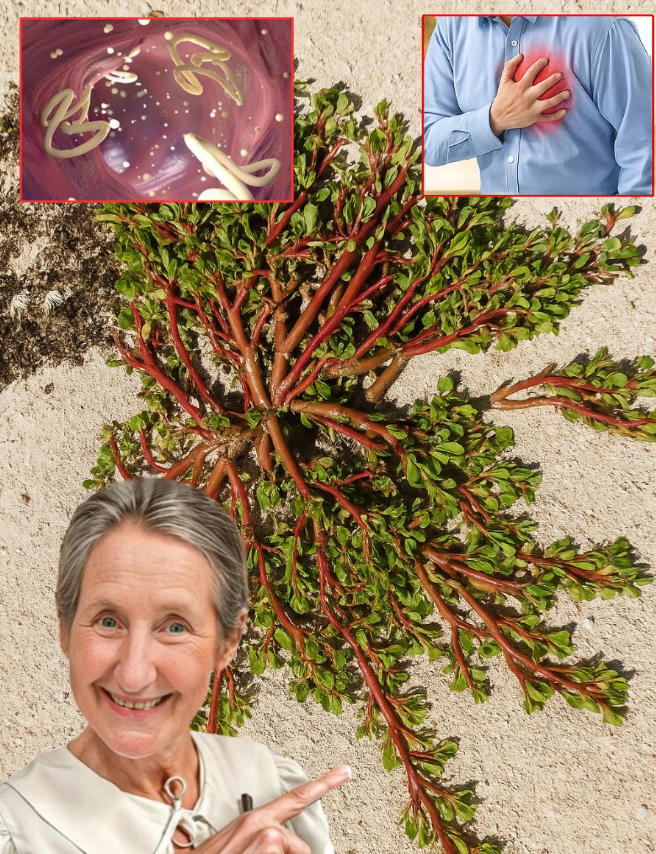
Why Purslane Deserves Superfood Status
Purslane (Portulaca oleracea) is a low-growing, leafy green plant that often goes unnoticed in gardens, driveways, and yards across North America. While many treat it as a nuisance, this plant has been revered for centuries in traditional medicine and cuisines across the Mediterranean, Middle East, Africa, India, and East Asia.
According to the Journal of Agricultural and Food Chemistry, purslane is one of the best plant sources of alpha-linolenic acid (ALA), a type of omega-3 fatty acid. It also contains high levels of vitamins A, C, E, and several B-complex vitamins, along with potassium, magnesium, calcium, and iron. In addition, purslane is rich in antioxidants like betalains and glutathione, which can reduce oxidative stress and inflammation—both of which are linked to chronic disease, per Harvard Health Publishing.
This unique combination of nutrients makes purslane one of the most nutrient-dense greens available, often outperforming kale and spinach in several key areas.
Top Health Benefits of Purslane
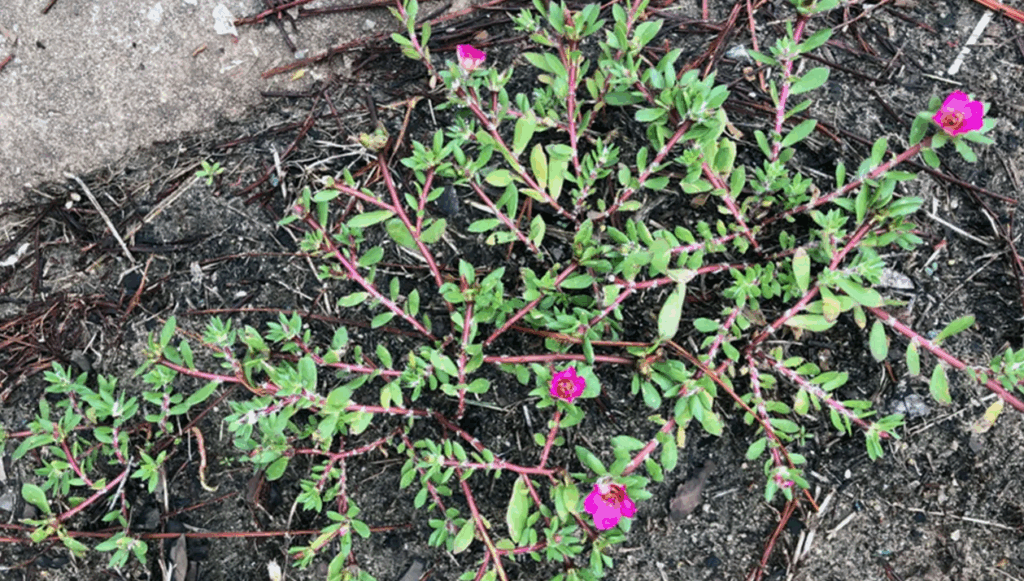
Here are some evidence-backed reasons to start adding purslane to your meals:
❤️ 1. Supports Heart Health
Purslane is one of the few plants rich in omega-3 fatty acids, which may lower inflammation, support healthy cholesterol levels, and reduce the risk of cardiovascular disease, according to the American Heart Association.
✨ 2. Promotes Glowing Skin
Packed with vitamin A and vitamin C, purslane helps repair skin tissue, boost collagen production, and fight off environmental damage. It’s also used in skincare products for its anti-inflammatory properties, according to the American Academy of Dermatology.
🛡️ 3. Strengthens the Immune System
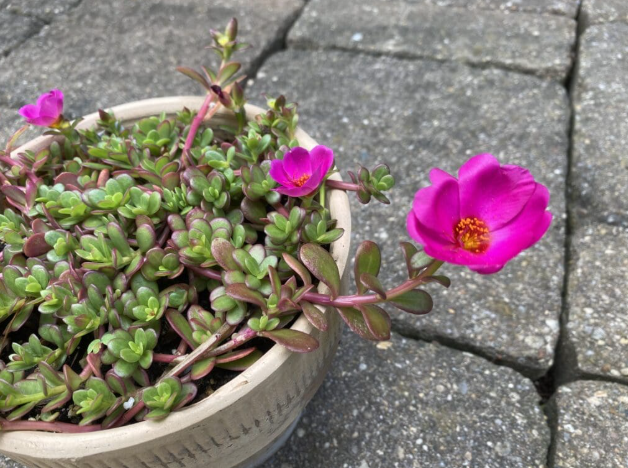
Its high vitamin C and antioxidant content helps defend the body against harmful pathogens by neutralizing free radicals, reducing the risk of infections and inflammation, per the Journal of Immunology Research.
🦴 4. Boosts Bone Strength
With calcium, magnesium, and vitamin K, purslane supports strong bones and may help maintain bone density, especially in aging adults, per the National Institutes of Health.
🌿 5. Improves Digestion
The fiber in purslane supports regular bowel movements, promotes healthy gut bacteria, and may help reduce constipation, according to WebMD.
🧠 6. Supports Brain Health
Emerging research suggests the omega-3s in purslane may support cognitive function and reduce the risk of age-related cognitive decline. Some traditional medicine systems even use it to calm the nervous system.
These wide-ranging benefits show just how versatile and valuable this plant can be for long-term health.
How to Harvest and Prepare Purslane Safely
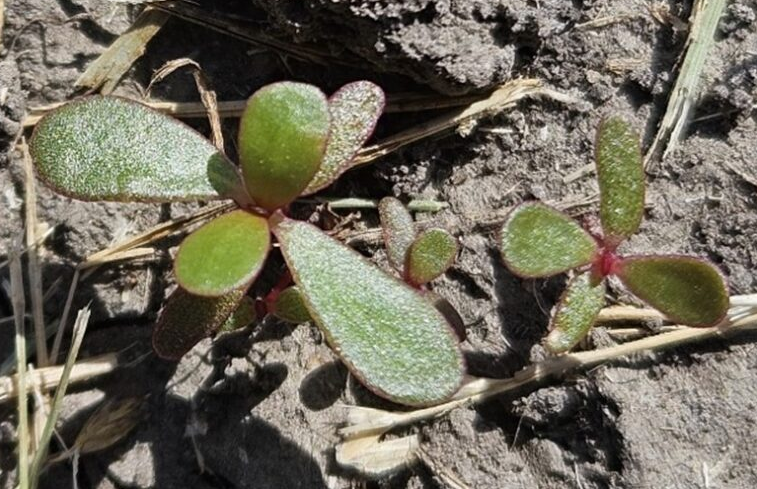
Before consuming purslane, it’s essential to identify and prepare it properly. Here’s a simple step-by-step guide:
🔍 1. Identify It Accurately
Purslane grows low to the ground with thick, fleshy leaves, reddish stems, and small yellow flowers. It’s often confused with spurge, which is toxic—so check that the leaves are smooth and succulent, not milky when broken.
✂️ 2. Harvest with Care
Use clean scissors or shears to snip the young, tender stems and leaves—preferably in the morning when they're crisp and full of moisture. Avoid harvesting near roadsides, industrial areas, or lawns treated with pesticides, as advised by the Environmental Protection Agency (EPA).
🚿 3. Clean Thoroughly
Rinse thoroughly under running water to remove any dirt or insects. Soaking in a vinegar-water solution can also help remove surface residues.
🧊 4. Store Properly
Wrap cleaned purslane in a damp paper towel and place it in a sealed container in the refrigerator. It stays fresh for 3–4 days. You can also blanch and freeze it for longer storage.
⚠️ 5. Start Small
Purslane contains oxalates, compounds that may contribute to kidney stones in susceptible individuals. Start with a small serving (about 1/4 cup) and consult your doctor if you have a history of kidney issues, per the Mayo Clinic.
Tasty Ways to Eat More Purslane
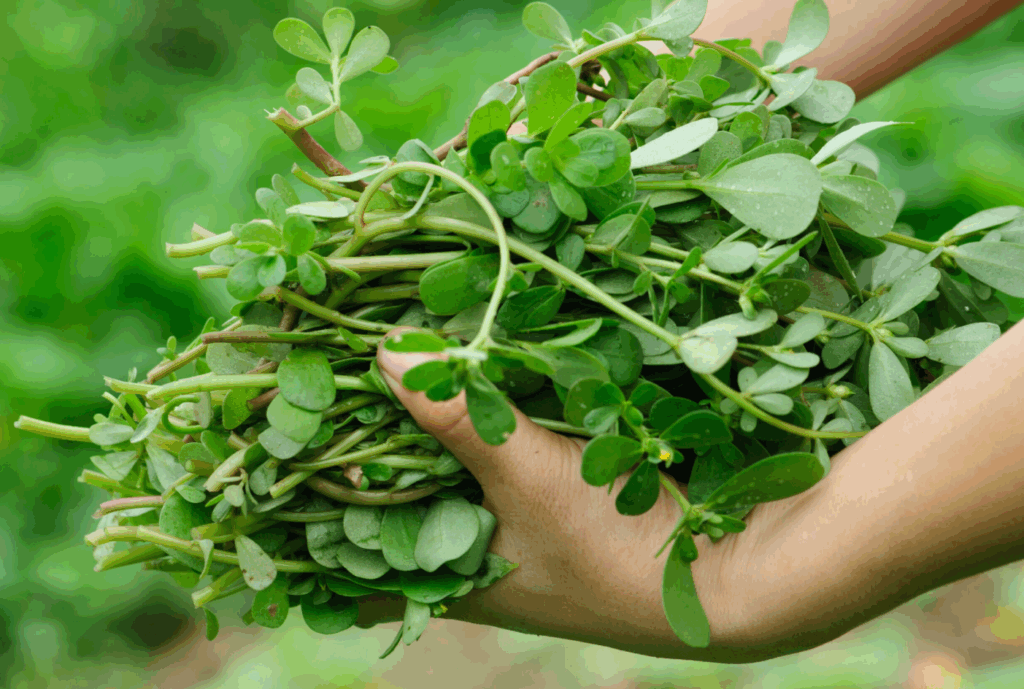
Thanks to its mild, citrusy flavor, purslane works well in a variety of dishes. Here are some flavorful ways to enjoy it:
-
🥗 Add to Salads: Combine fresh purslane with cherry tomatoes, feta cheese, cucumber, and lemon vinaigrette.
-
🍹 Blend into Smoothies: Mix a handful into your favorite green smoothie for a subtle tang and nutritional boost.
-
🍳 Toss into Omelets or Scrambles: Add chopped purslane to eggs with spinach and mushrooms for a savory breakfast.
-
🍝 Swap in for Basil in Pesto: Make a unique, earthy pesto using purslane, walnuts, olive oil, garlic, and parmesan.
-
🍲 Stir into Soups and Stews: Add it in the final minutes of cooking to retain its bright flavor and nutrients.
-
🌮 Use as a Taco Topper: A handful of fresh purslane adds crunch and zest to grilled fish or bean tacos.
Experiment and find your favorite way to incorporate this green into your meals—it’s a delicious step toward better health.
Lifestyle Tips to Amplify Purslane’s Impact
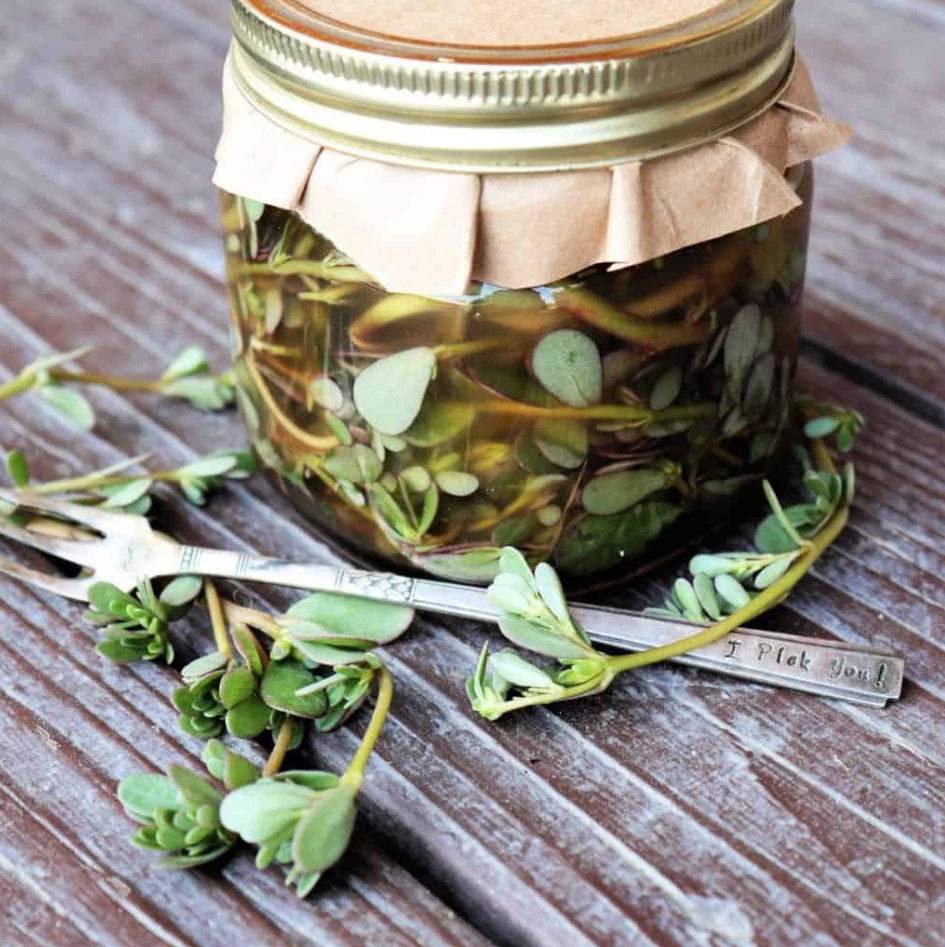
To get the most out of purslane’s nutrition, pair it with these wellness strategies recommended by leading health organizations:
-
🥬 Eat a Rainbow: Combine purslane with other antioxidant-rich foods like berries, leafy greens, sweet potatoes, and fatty fish.
-
💧 Stay Hydrated: Drink 8–10 cups of water daily to support digestion and detoxification.
-
🧘 Move Your Body: Get at least 150 minutes of moderate physical activity per week to boost heart and mental health.
-
😴 Prioritize Rest: Aim for 7–9 hours of quality sleep nightly to improve immunity, brain function, and skin regeneration.
-
🧃 Limit Processed Foods: Reduce sugar, ultra-processed snacks, and fried foods that increase inflammation and negate plant-based benefits.
These healthy habits help optimize how your body absorbs and uses the nutrients from superfoods like purslane.
Precautions to Keep in Mind
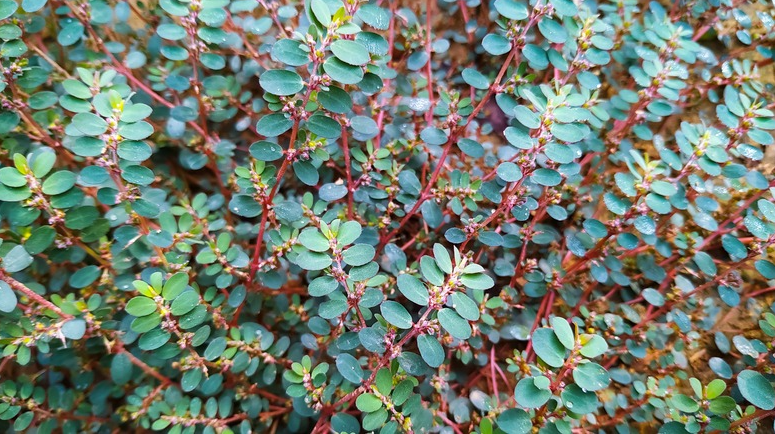
While generally safe for most people, keep these precautions in mind:
-
⚠️ Kidney Health: Due to its oxalate content, those prone to kidney stones should limit or avoid purslane.
-
❗ Allergies: Although rare, allergic reactions can occur. Try a small portion first to monitor for itching or swelling.
-
🚫 Contaminated Soil: Never harvest from polluted or chemically treated areas, as purslane absorbs environmental toxins.
-
💊 Medication Interactions: If you're on blood thinners or medications affected by vitamin K, talk to your healthcare provider before eating large amounts regularly.
-
🩺 Not a Substitute for Medical Care: Purslane supports health but isn't a replacement for professional diagnosis or treatment.
Final Thoughts: Why Purslane Belongs on Your Plate
Purslane is more than just a weed—it’s a nutritional gem hiding in plain sight. Whether you’re looking to boost your omega-3 intake, improve your skin, or add more plant-based variety to your meals, this backyard green can help.
It’s free, flavorful, and surprisingly easy to integrate into your lifestyle. Ready to give it a try? Start foraging or plant a small patch in your garden and explore the many ways purslane can help elevate your health.
Have you tried purslane yet? Share your favorite recipe or preparation tip in the comments below! For more wellness tips and plant-powered insights, explore our website and stay connected.
Disclaimer: This article is for informational purposes only and is not intended as medical advice. Please consult a healthcare professional before making significant dietary or lifestyle changes.
News in the same category

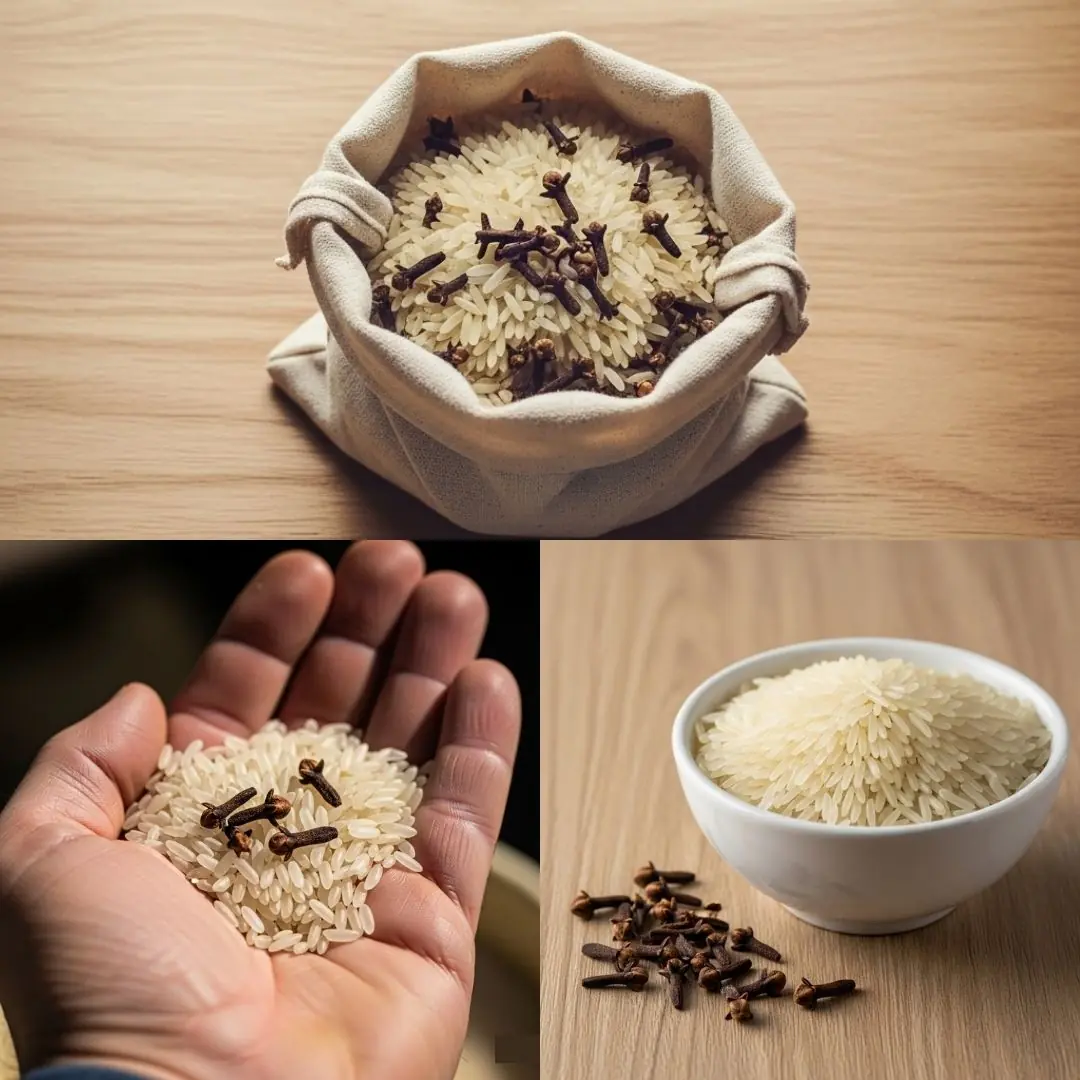
🚫 Say Goodbye to Weevils: Easy Tips to Keep Your Beans and Rice Safe
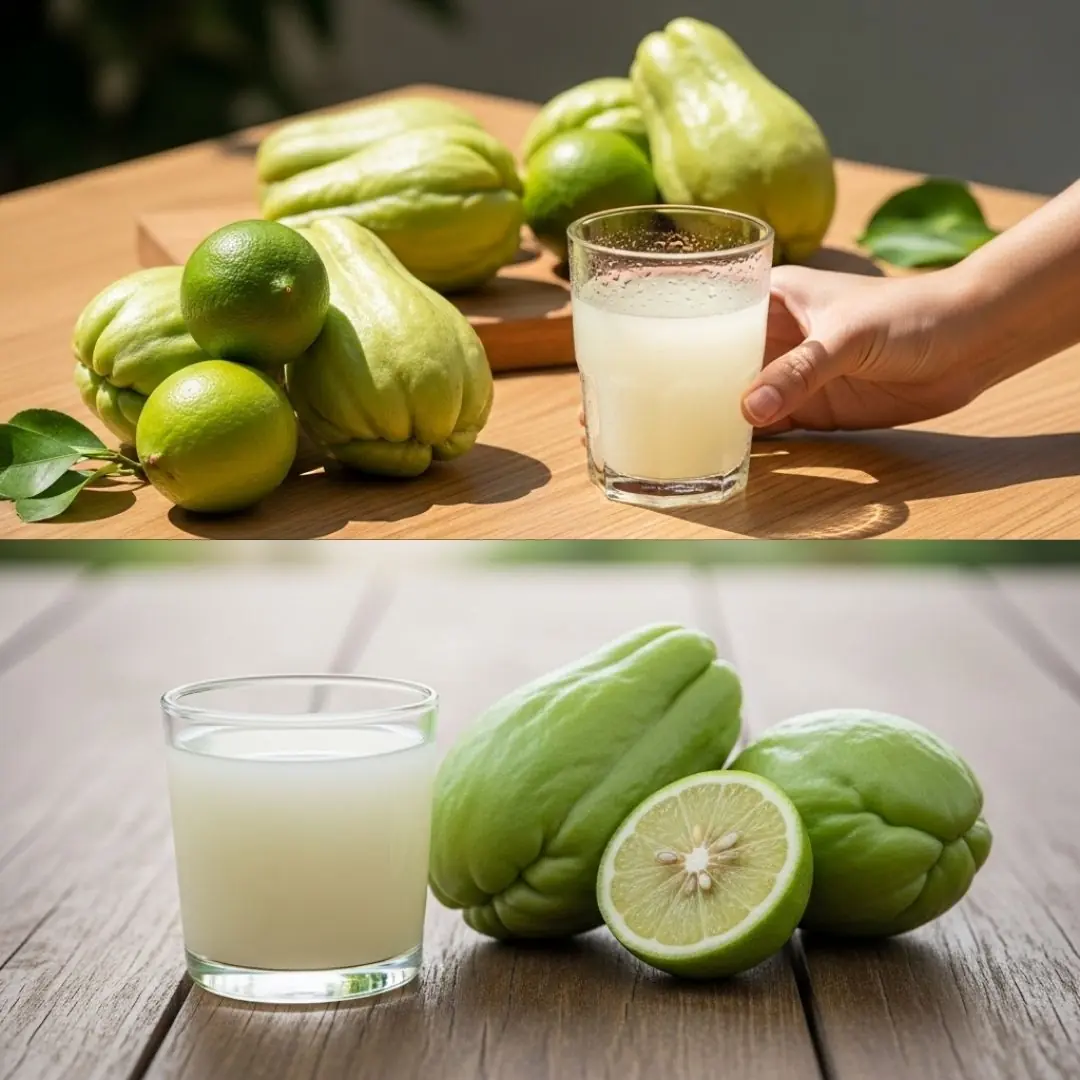
🥒🍋 Mix Chayote and Lemon — You'll Thank Me When You Discover What It's For!
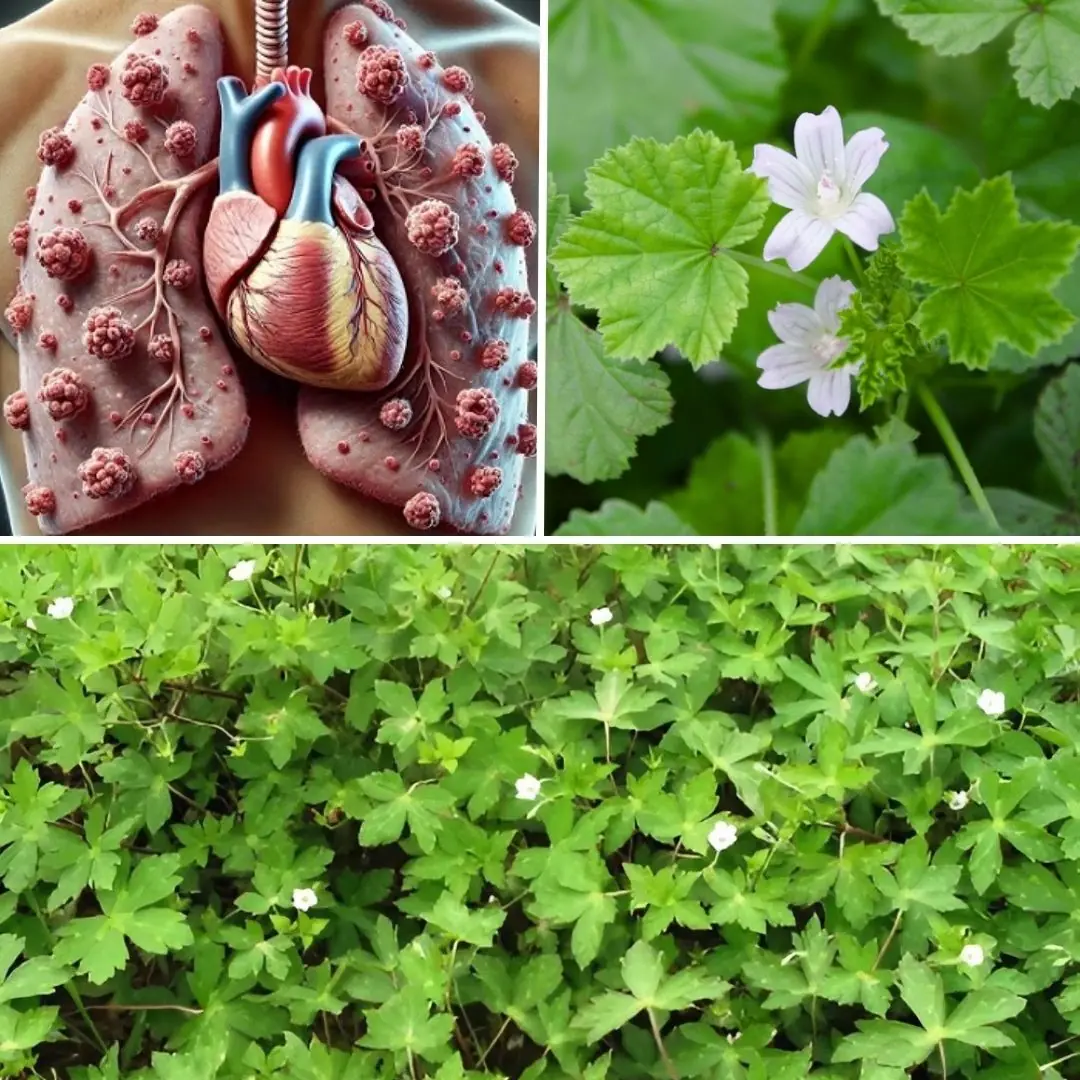
The Secret Superfood Hiding in Your Backyard: Why Common Mallow Will Blow Your Mind
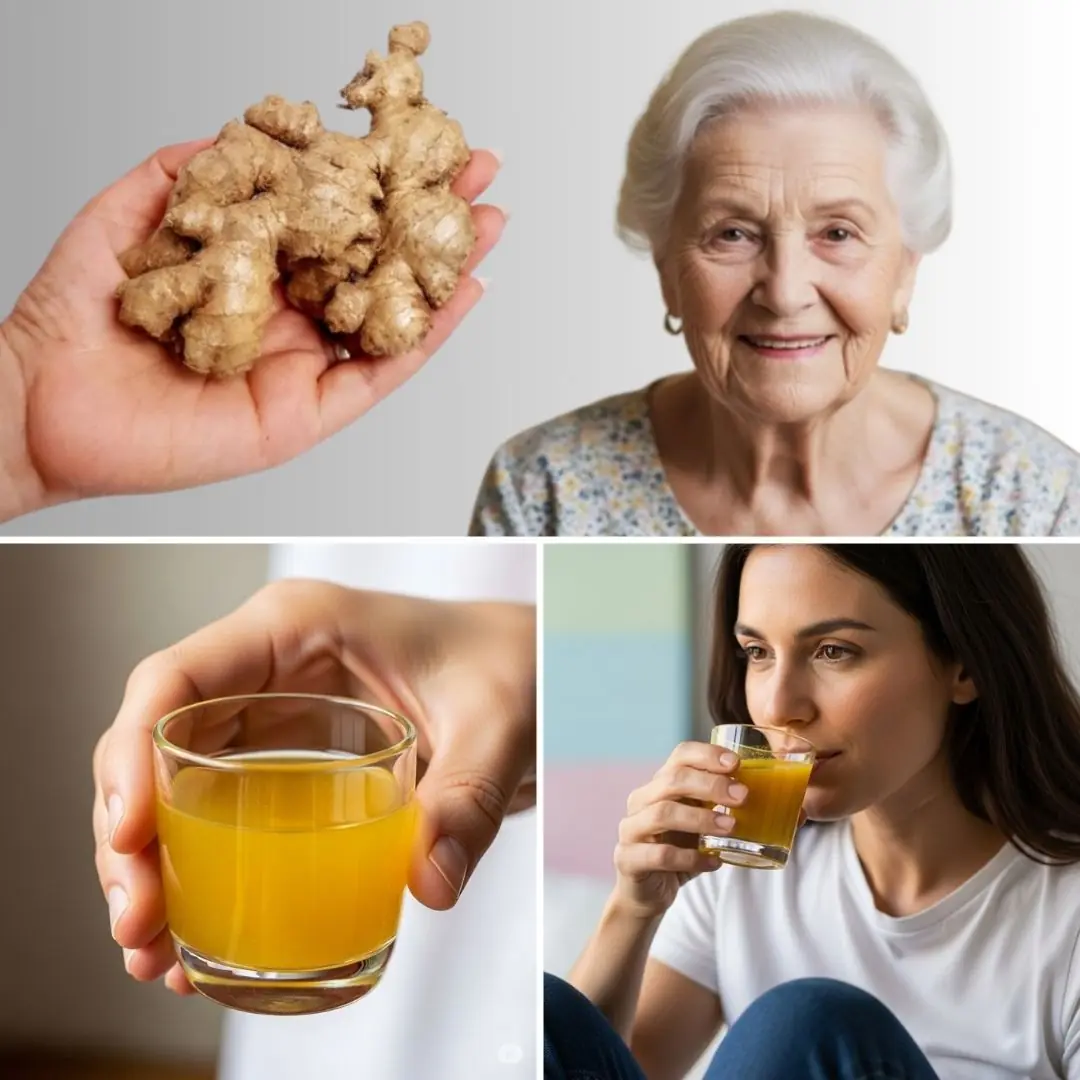
🍍 Why You’ll Love This Pineapple Lemon Ginger Fat Burning Juice

Kalanchoe Pinnata: The Miracle Leaf That’s Your Secret to Natural Healing

Can a Tea Really Support Heart Health? Natural Ways to Care for Your Arteries

Lemon and Apple: A Healthy Duo for Wellness and Vitality
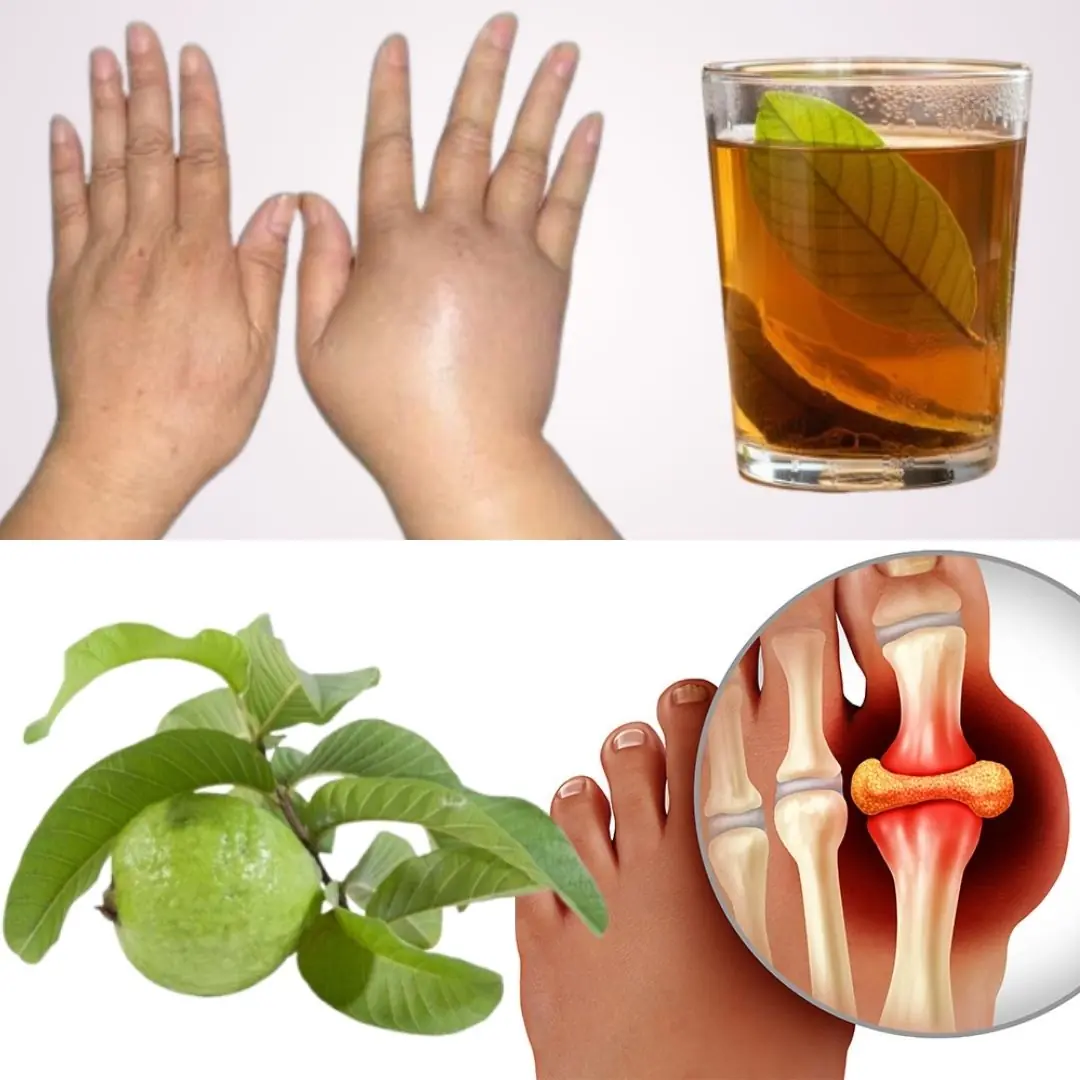
🌿 Guava Leaves for Water Retention: A Natural Remedy That Works
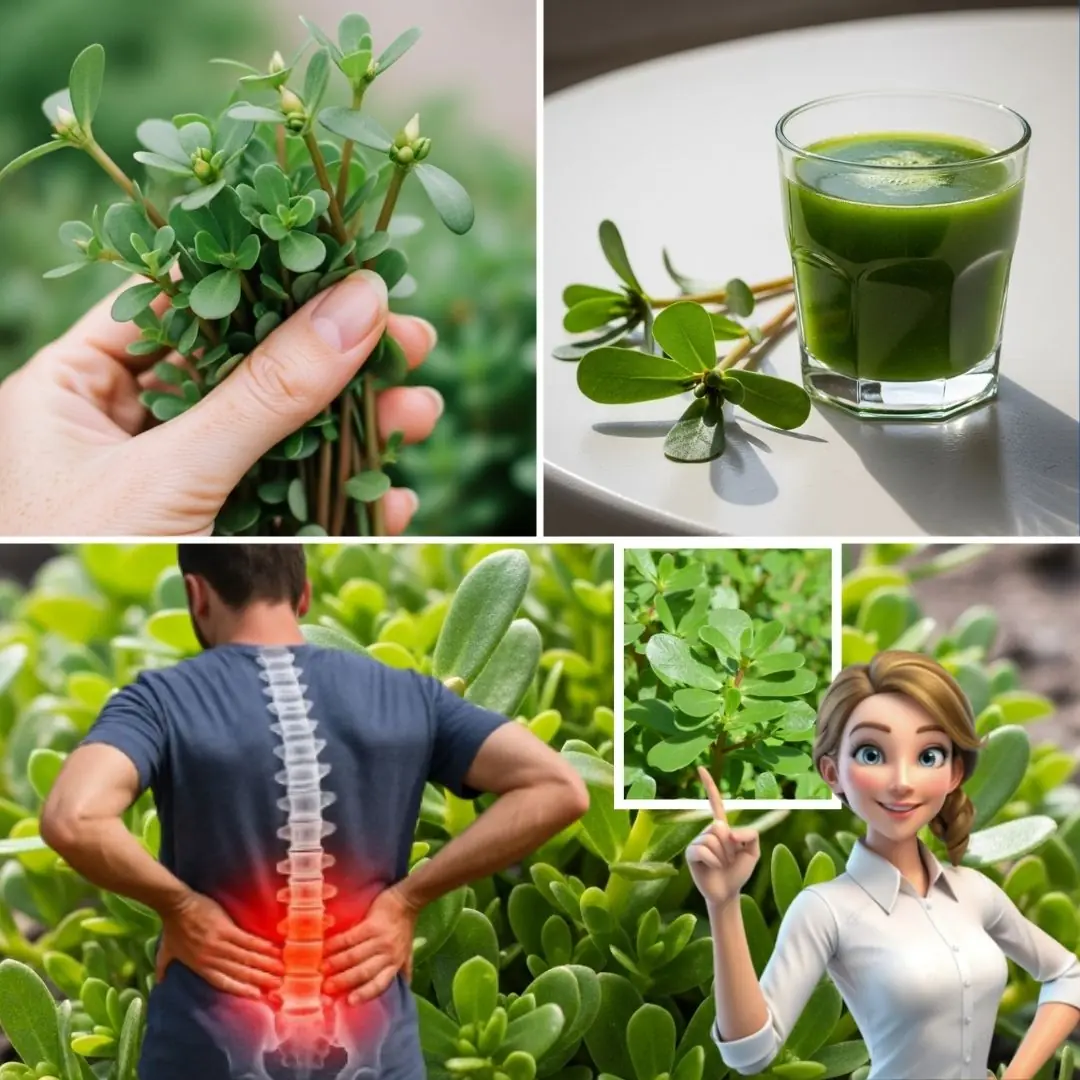
Purslane: The Superfood That Tastes Better Than Meat – 7 Reasons to Grow It in Your Garden

🥬 Unbelievable! Restore Your Vision Naturally with This Parsley Drink! 🌿👀

Sore Throat Relief: How Ginger Can Soothe Your Throat Naturally

If You Know These 11 Benefits of Tamarind, You'll Want to Eat It More Often
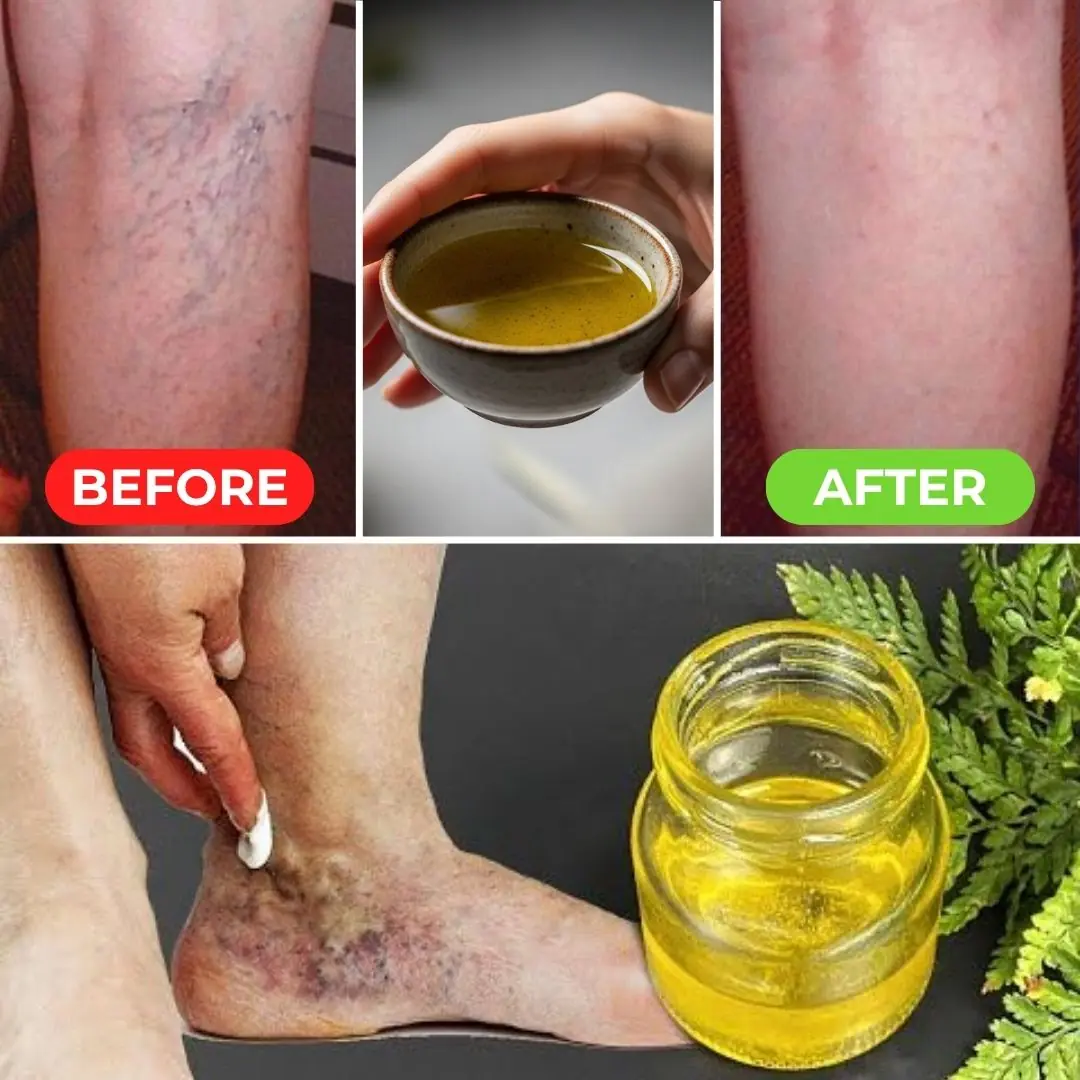
Say Goodbye to Varicose Veins Forever with This Simple Natural Oil!

Avocado After 50: Here’s What Happens After 7 Days of Use
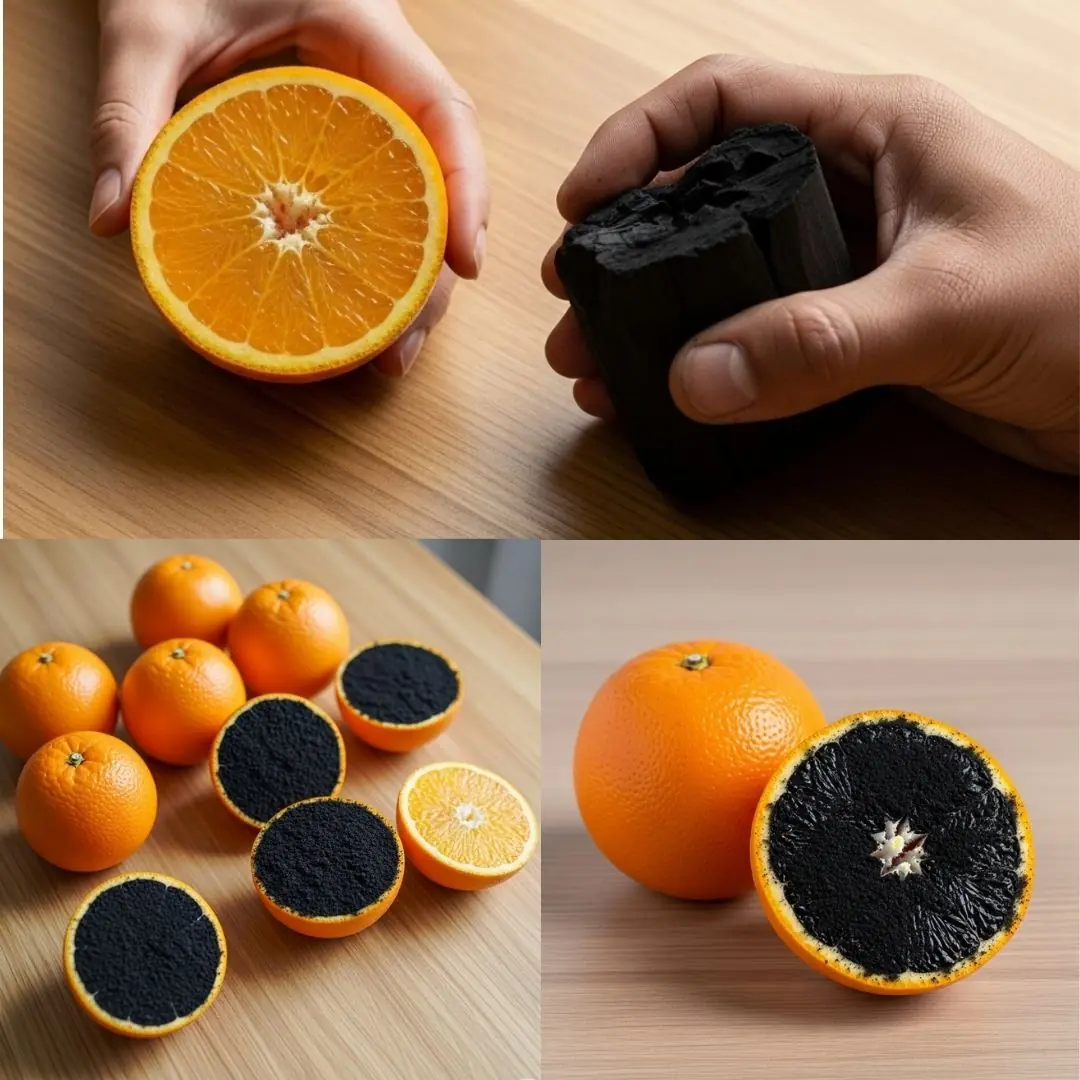
Lemon and Charcoal: A Natural Skin Care Secret to Save Money and Glow

Golden Energy: How Turmeric, Black Pepper, and Almond Milk Support a Healthier You

Eat These 9 Fruits Daily to Brighten Your Vision & Prevent Cataracts Naturally (Science-Backed)

The Plant That Closes Its Leaves When You Touch It – And May Support Your Health Naturally
News Post

Nature’s Secret Superfood: Why Purslane Is the Game-Changer Your Health Needs 🌿

🚫 Say Goodbye to Weevils: Easy Tips to Keep Your Beans and Rice Safe

People Shocked To Learn What Apollo 11 Astronauts Left Behind As Life Insurance

NASA Claims China’s Giant Dam Is Quietly Changing Time And Earth’s Balance

One Gram of DNA Can Store Around 215 Petabytes. More Data Than All of YouTube!

The Longest Walkable Distance On Earth Which No One Is Known To Have Completed

12-year-old girl dies of rare cancer—parents noticed worrying sign as she brushed teeth

Just Two Hours of Sitting in Silence May Spark Growth of New Brain Cells, Study Finds

This Military Sleep Method Helps You Fall Asleep In Less Than Two Minutes

Japan On Edge: Scientists Warn 82% Chance Of Megaquake That Could Kill 300,000

🥒🍋 Mix Chayote and Lemon — You'll Thank Me When You Discover What It's For!

Every Breath You Take Alters Your Visual Perception

Popular Medications Millions Of People Take At Night Have Been Linked to Disabilities

10 Popular Ultra-Processed Foods Now Linked to Cancer, Study Confirms

A 9th-century onion and garlic remedy just killed 90% of antibiotic-resistant MRSA in lab tests

“If you’re that depressed, reach out to someone. And remember, suicide is a permanent solution to temporary problems.” – Robin Williams

The world’s first lung cancer vaccine enters clinical trials in seven countries

Simulation Shows Grim Reality of What Ozempic Does to Your Body Once Injected
